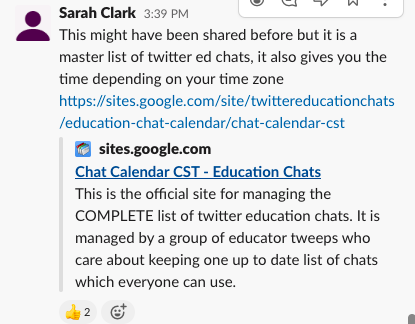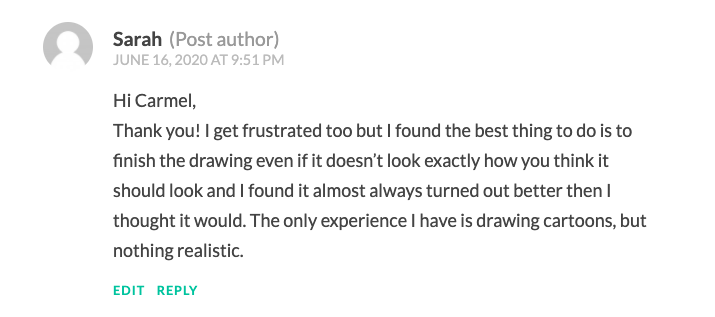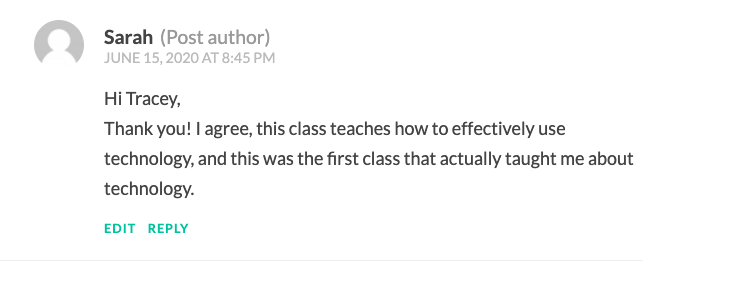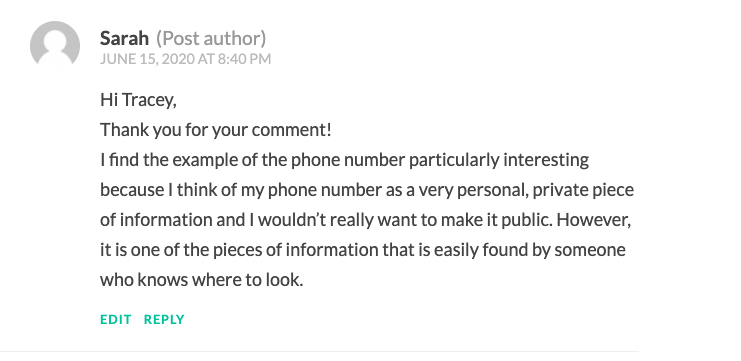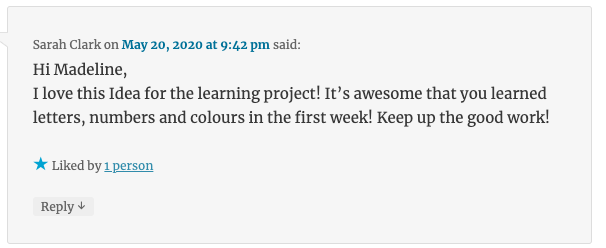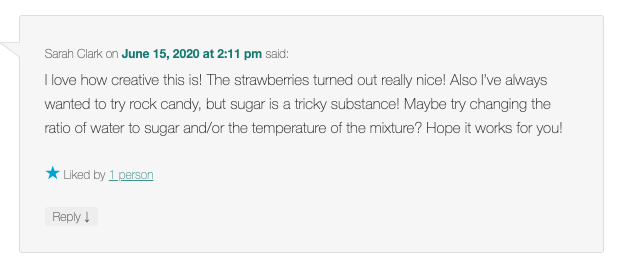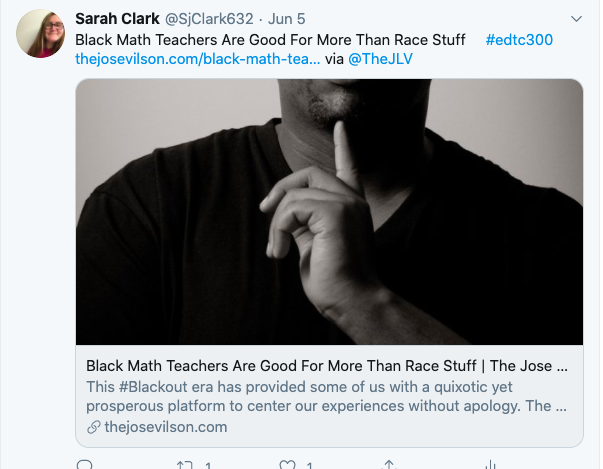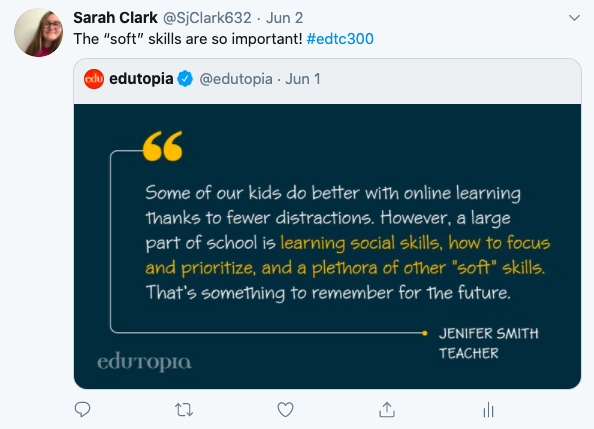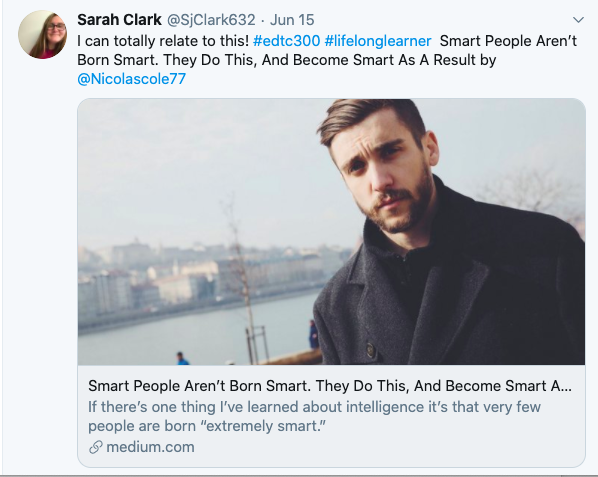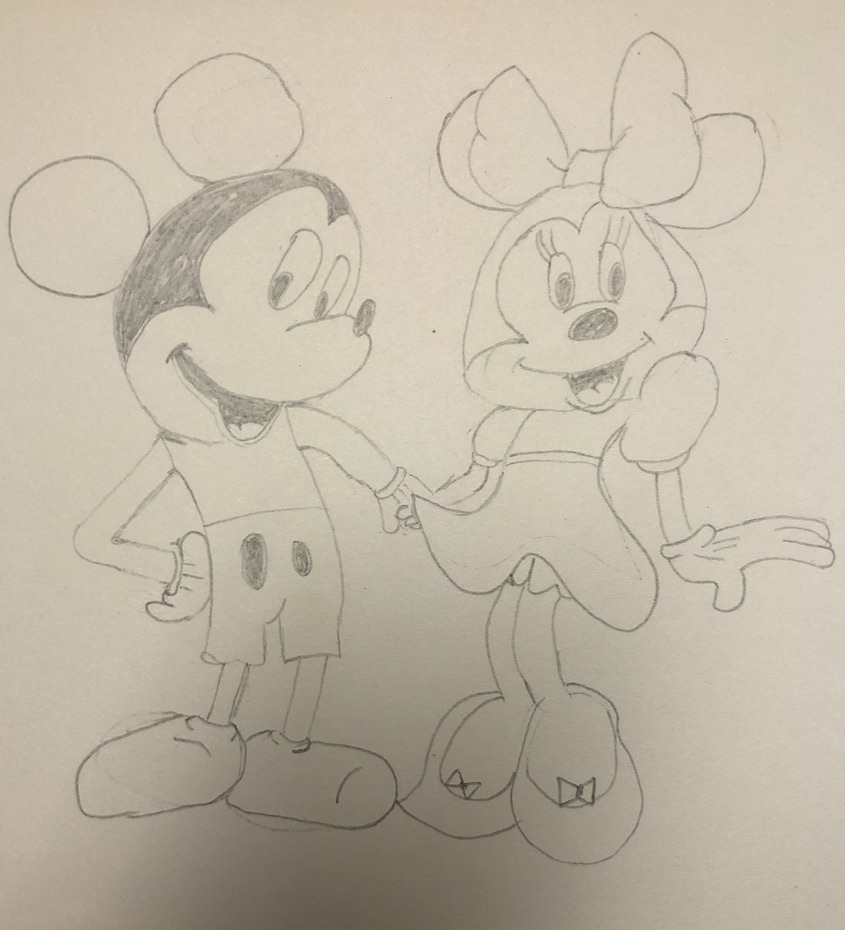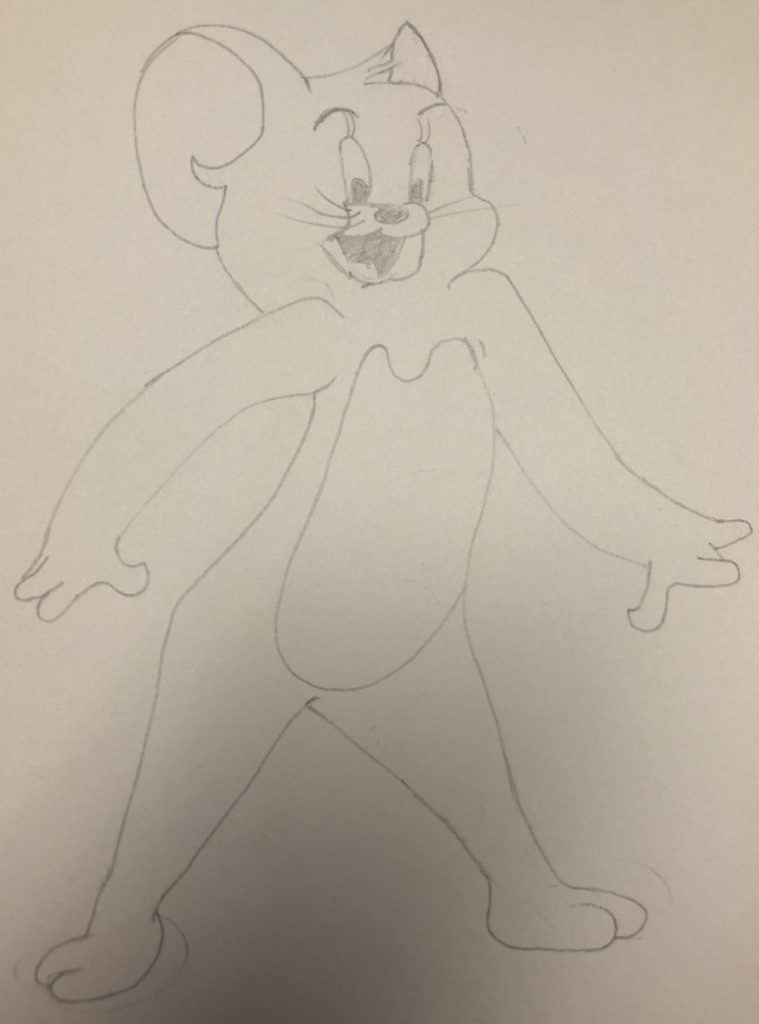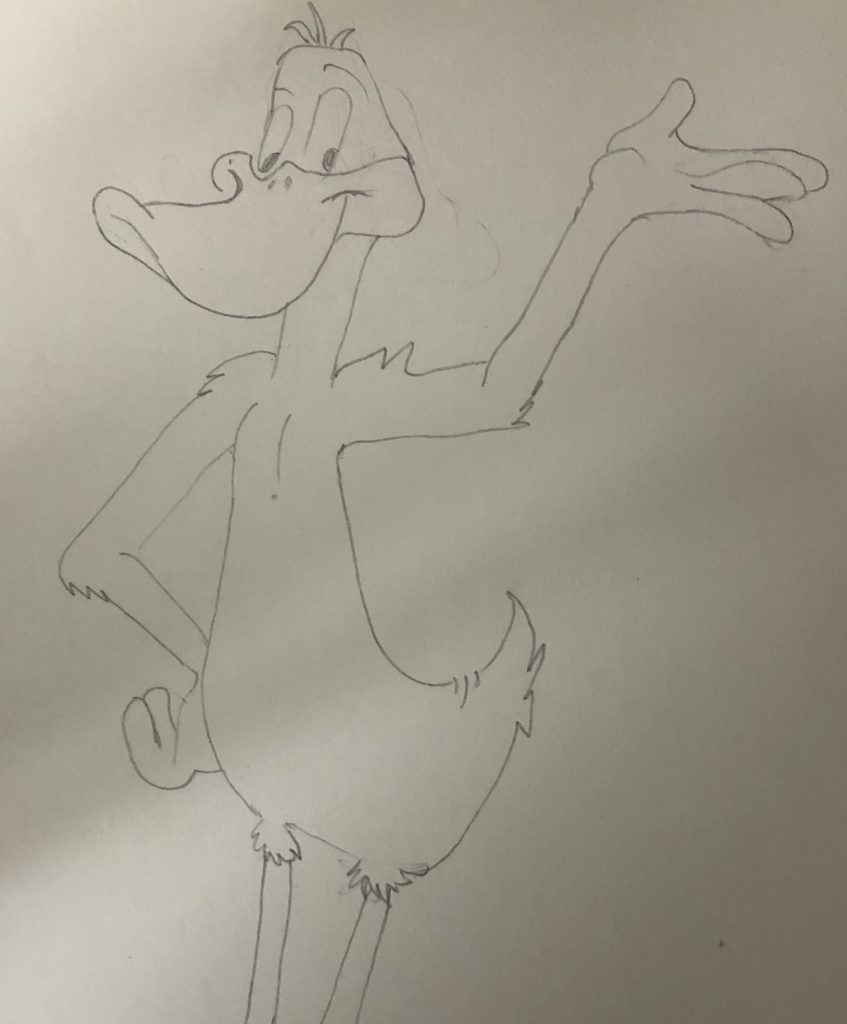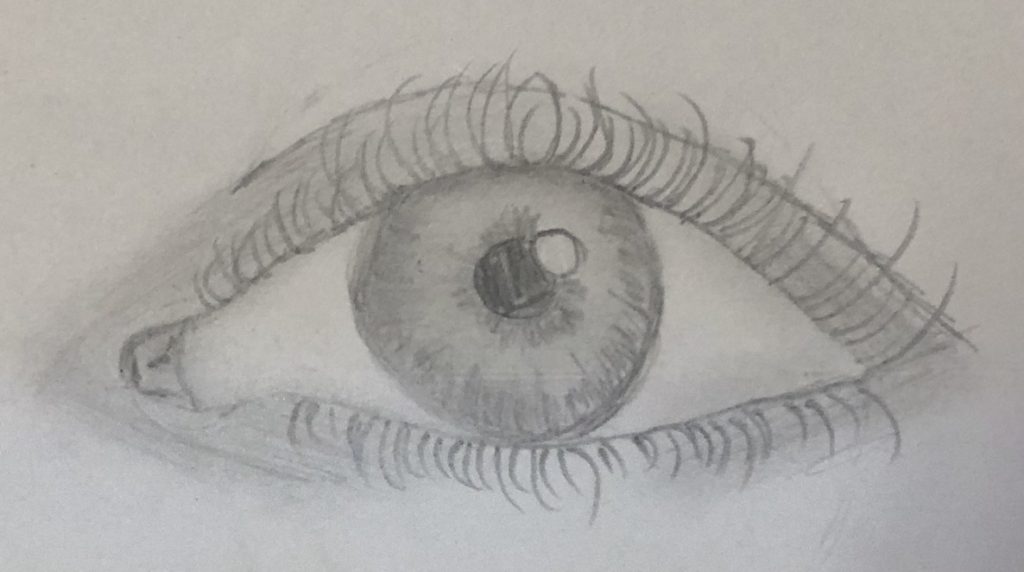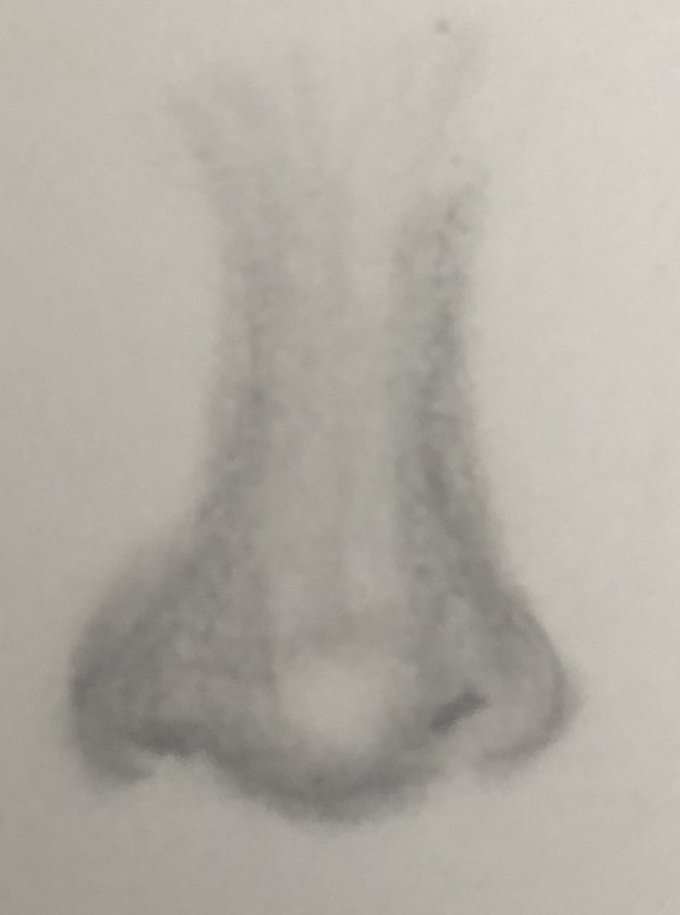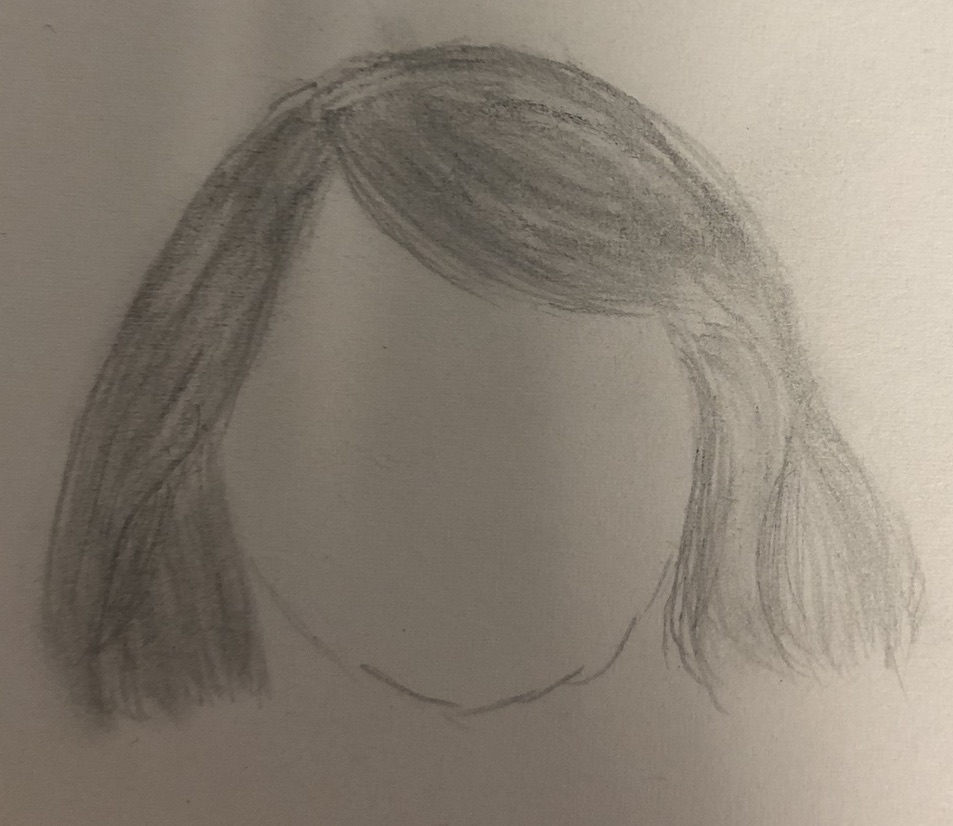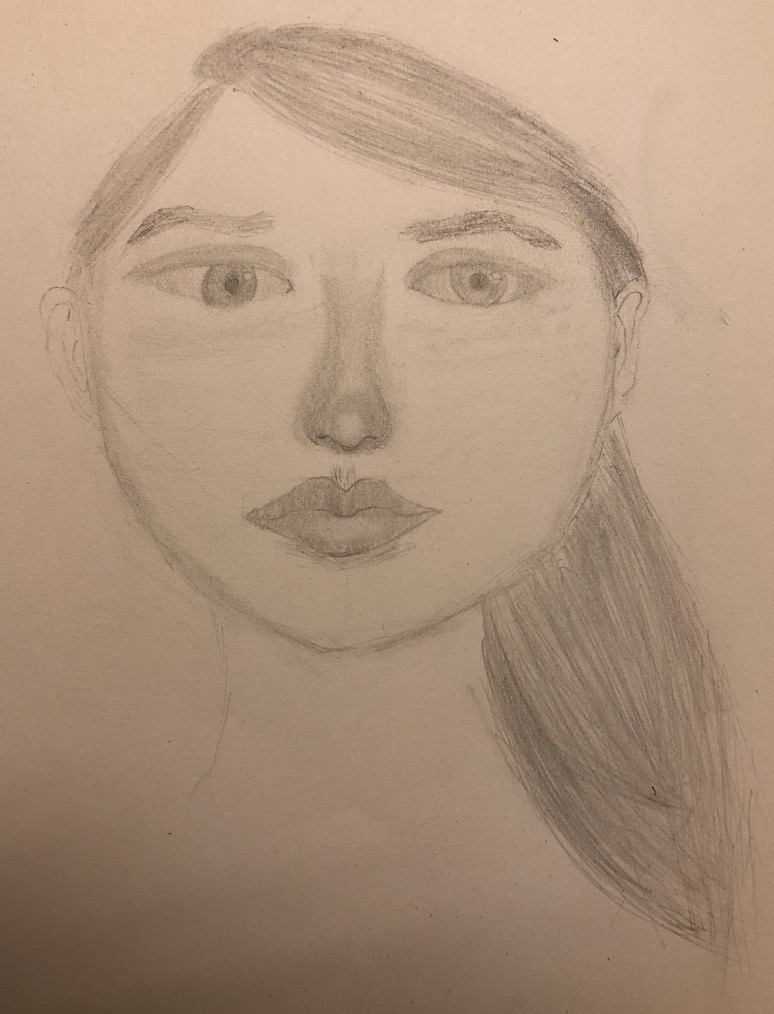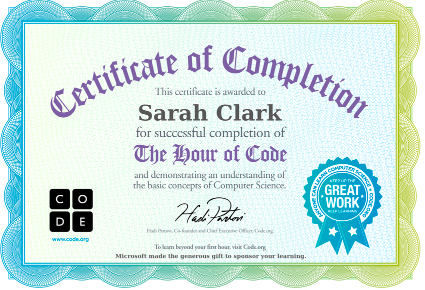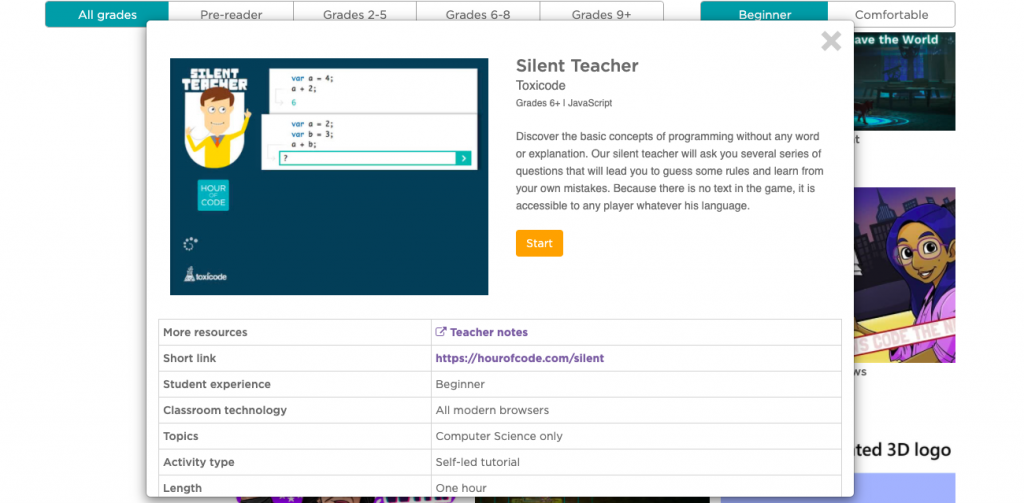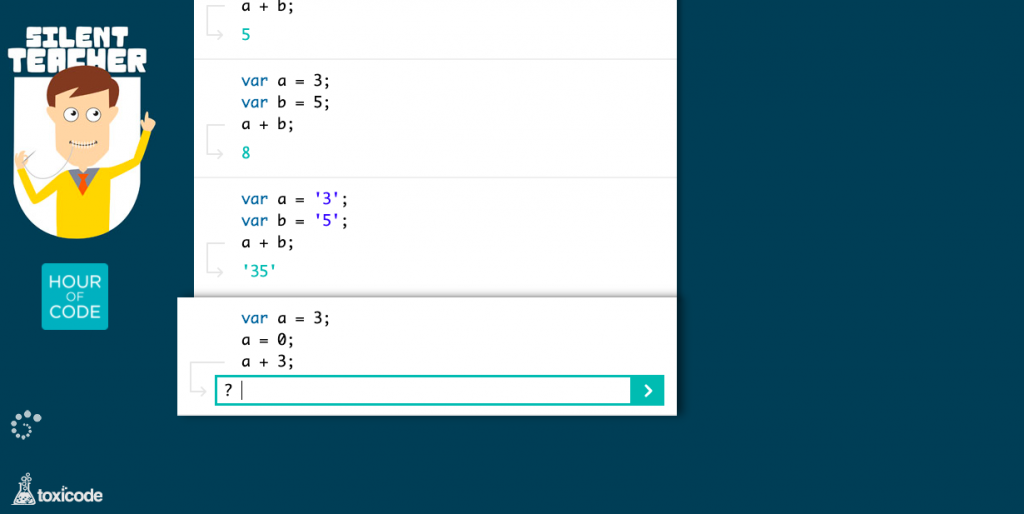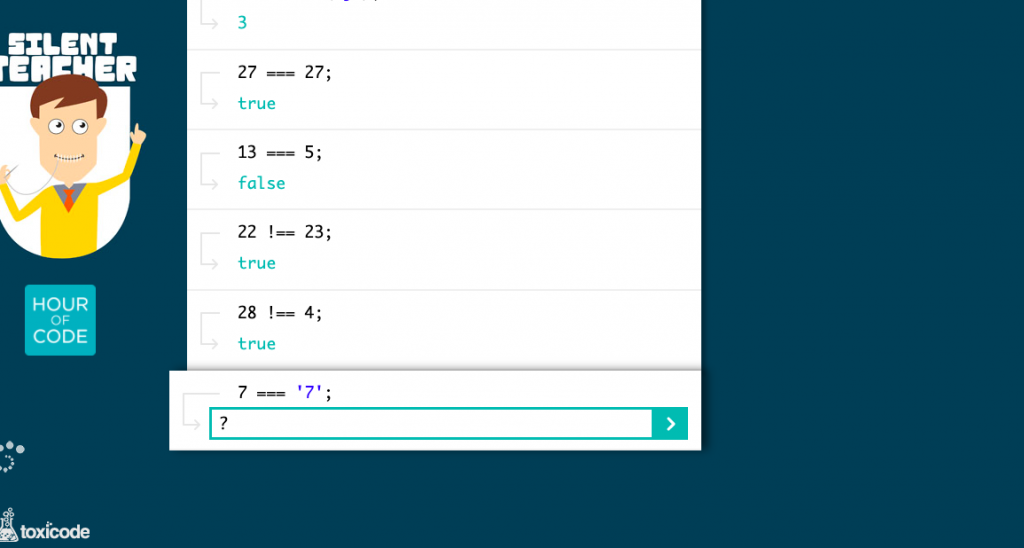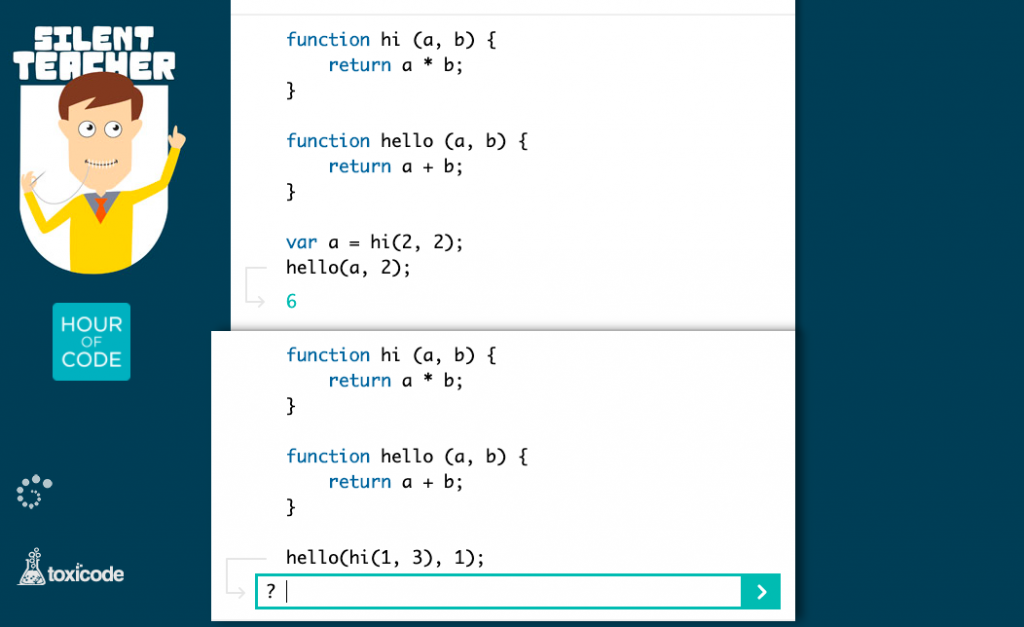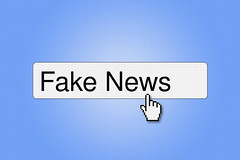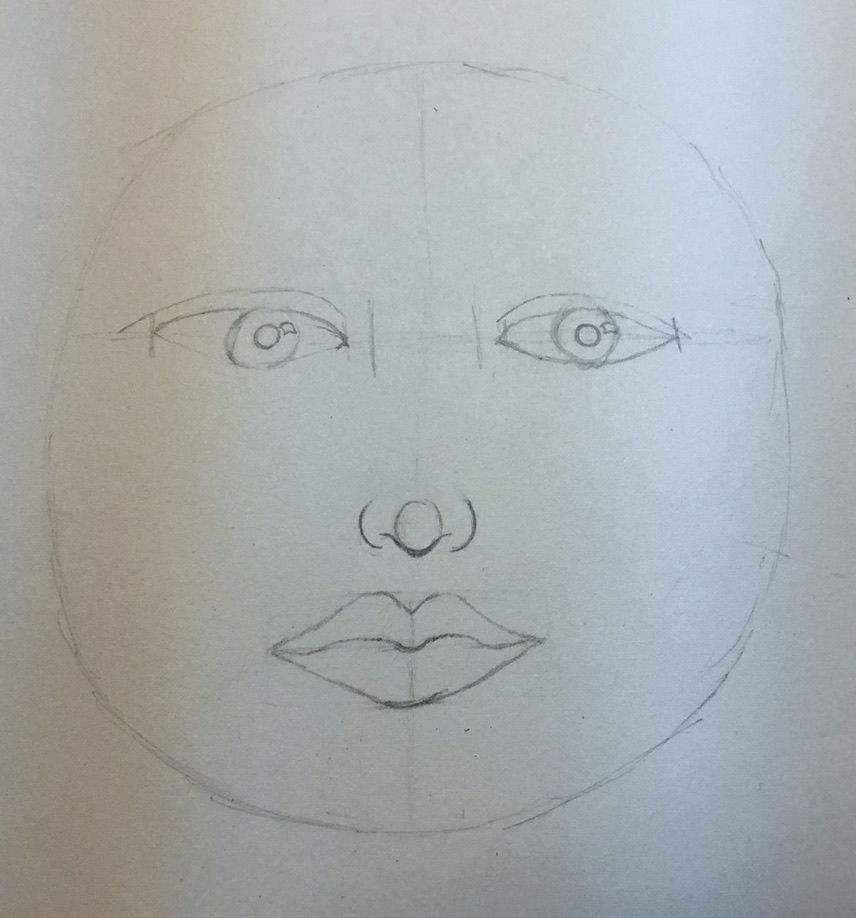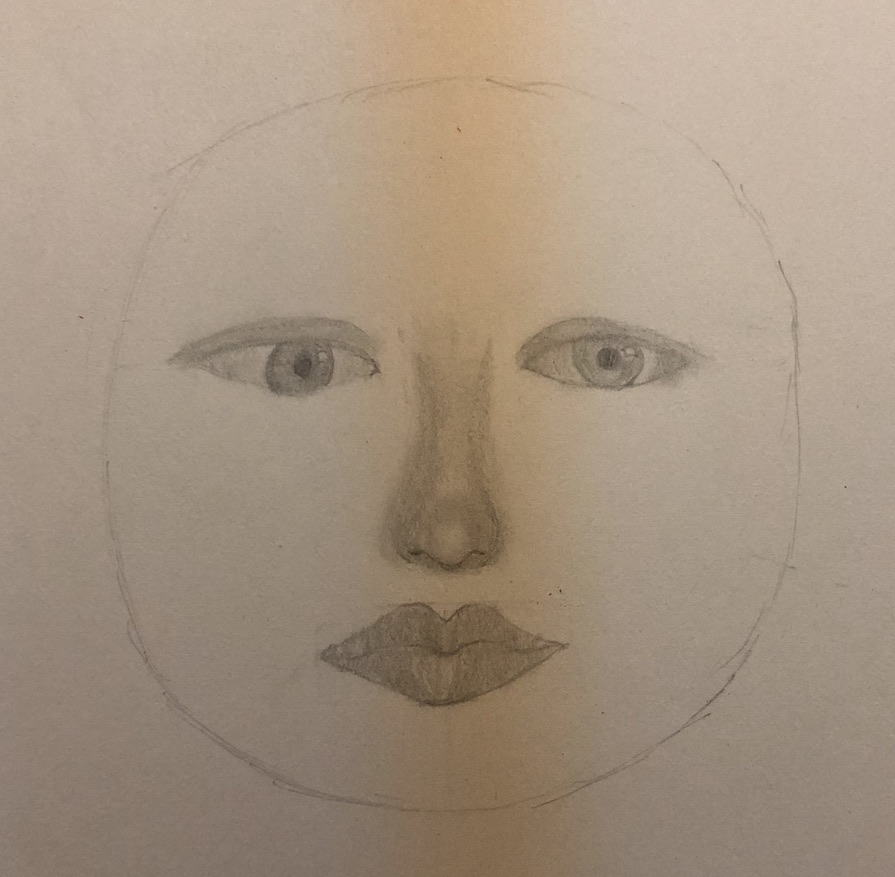For me personally, I feel that it is just as (if not more) important to continue the conversation about race online. One good reason is because online spaces give a great opportunity to learn more from your peers, not just in the classroom. For me, the fear of being wrong or someone getting offended often stops me from posting something, but just because I could be wrong shouldn’t mean I just don’t talk about it. If I am wrong, I can apologize, learn from it, and not make the same mistake again. The thought of being wrong shouldn’t stop anyone from participating in the conversation. I found this article that talks more about silence online and explains it better than I ever could.
As I was trying to find good resources for dealing with racism in the classroom, I came across an article/podcast by Angela Watson called “10 things every white teacher should know when talking about race.” All the points are relevant but the ones that stood out to me where 3, 7, 8 and 10.
Point #3: “There are
different rules for white people and people of color when talking about race,” this
is something that I have thought a lot about because there were always things
that a person of color would say but it just didn’t seem right for me to say.
One common theme that was in this article is to look at the bigger picture of
racism, I have found that looking at the bigger picture helps me to know what
to say and do. For example, when I am going to say or post something, I try to
put myself in other people’s shoes and ask myself how would I feel? Is what I am
posting making a necessary point? Is it my place to say or post that?
Point #7: “Develop a
listen-first ethic when a conversation turns to race, rather than insisting
that race is irrelevant.” This point stood out to me because I used to think
that, in certain conversations, race did not play a part. It took a long time
for me to realize that just because race doesn’t seem to affect the
conversation from my end doesn’t mean that race doesn’t affect the conversation
from the other end, and I should listen to the other persons perspective and
consider their point of view.
Point #8: “You can
prevent knee-jerk defensiveness by actively working to decenter your experience
as a white person in conversations about race.” Basically, don’t take it
personally, don’t take it personally when someone is talking about things that
white people have done, don’t get defensive, it wasn’t you that did it, trying
to justify it doesn’t help. I had a conversation with someone about what
happened with George Floyd that basically led to him trying to justify that the
police officer was there for a reason, which I understand, but whether the
officer was there for a reason or not does not justify what happened. I didn’t
understand that he was trying to justify it until after, and I was thinking
about it. I think that it is really important that I don’t justify what
happened, because it was wrong, end of story. There is no way to justify it, it
was just wrong, and on no planet is it, ever was, or ever will be ok.
Point #10: “The solution
is not to ‘stop making everything about race’ and just all come together as
one. We have to be anti-racism, not anti-talking-about-race.” This stuck out to
me because I used to think that I should be somewhat “colorblind”, but I came
to realize that I should not strive to be colorblind, but to acknowledge our
differences and talk about race.
Now, what do these
points have to do with talking about race online? Well, all the same rules
apply, all the things we should do when talking about race in person are the same
things we should do when talking online. I found the article by Angela Watson
to be helpful for me to understand how to use my online space to talk about
race.
If
anyone has any tips or resources please do let me know!
